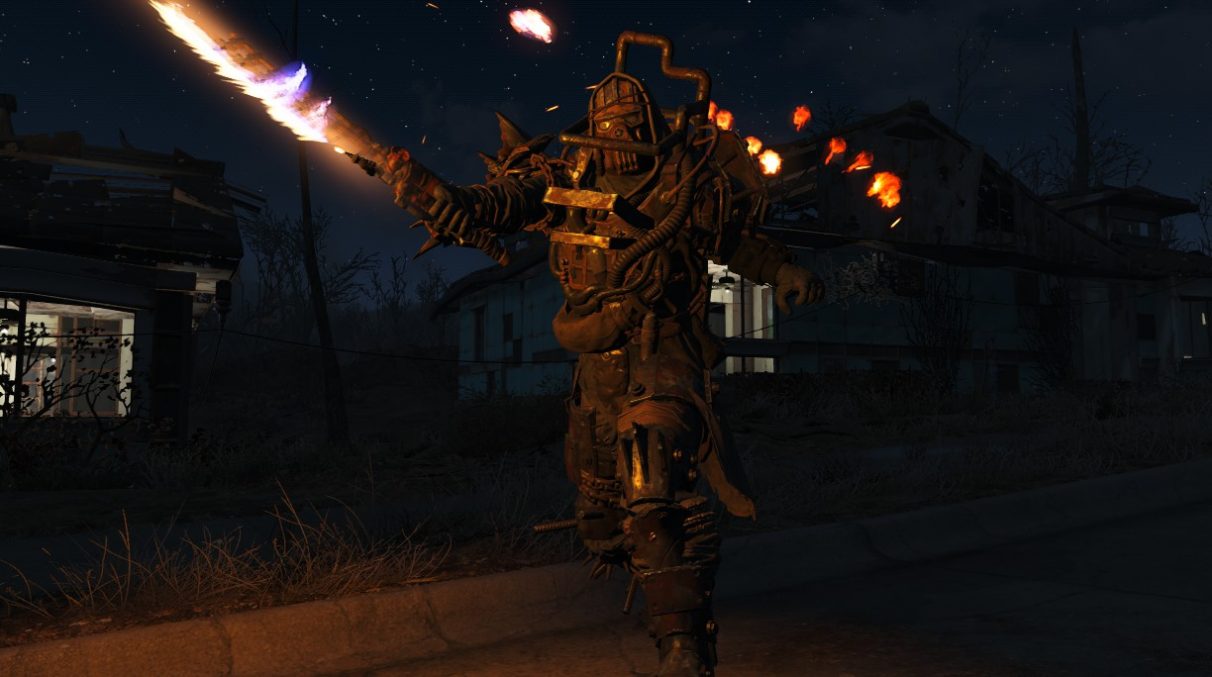


Historical time zone data obtained from the IANA time zone database. If the result is earlier than 00:00, add 24 hours and subtract 1 from the day if it is 24:00 or later, subtract 24 hours and add 1 to the day.
^ To convert the UT time into standard local, add the number of hours in parentheses to the UT time for local daylight saving time, add one additional hour. If test is canceled or aborted, then the row data like date and location discloses the intended plans, where known. The US also sometimes named the individual explosions in such a salvo test, which results in "name1 – 1(with name2)". A dash followed by a number indicates a member of a salvo event. Word translations into English in parentheses unless the name is a proper noun. ^ The US, France and Great Britain have code-named their test events, while the USSR and China did not, and therefore have only test numbers (with some exceptions – Soviet peaceful explosions were named). Archived from the original on April 26, 2014. ^ A bomb test may be a salvo test, defined as two or more explosions "where a period of time between successive individual explosions does not exceed 5 seconds and where the burial points of all explosive devices can be connected by segments of straight lines, each of them connecting two burial points and does not exceed 40 kilometers in length". 
nuclear test "test to ensure safety of deterrent forces". List of the nuclear tests United States' Julin series tests and detonations Further Hydroplus experiments were conducted in shot Distant Zenith of Operation Sculpin. These codes required calibration data which was gathered at Distant Zenith. The Defense Nuclear Agency (DNA) developed a means of verifying non-standard nuclear tests using ground peak stress and velocity at several ranges from a possible detonation point using computer hydrocodes. Shot Hunters Trophy included the experiment Hydroplus.







 0 kommentar(er)
0 kommentar(er)
